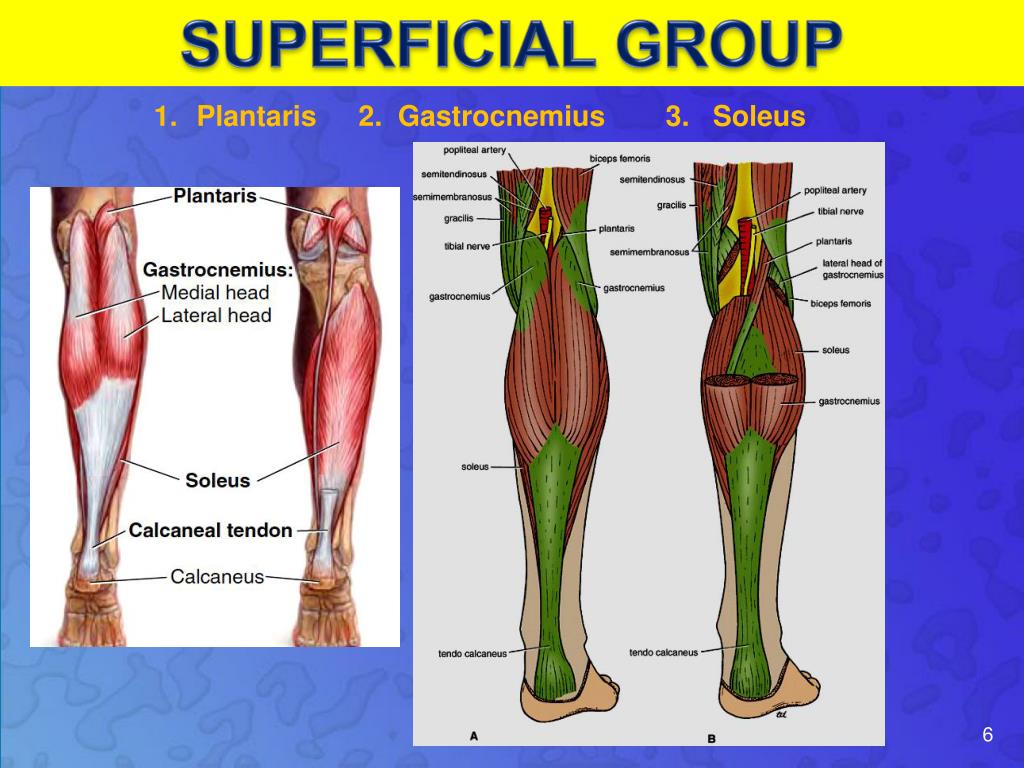

They found that increasing analgesic requirement was documented on average 7.3 hours before a change in the vascular status and was a more sensitive indicator of compartment syndrome in children than the traditional 5 Ps. In a report of 33 children with compartment syndrome the 5 Ps were found to be relatively unreliable for diagnosis of compartment syndrome in children (Bae, 2001). However, examining an anxious frightened young child for pain with passive stretch can be very difficult and quantifying the amount of pain is not reliable in young children who may not be able to communicate effectively. Pain out of proportion and pain with passive stretch are usually the first signs of increased intra-compartmental pressure in adults. Most orthopedic surgeons and residents understand the "5 Ps" of compartment syndrome (pain, paresthesia, paralysis, pallor, and pulselessness).

It occurs most commonly in the leg, forearm, hand, and foot. Physicians taking care of children should be aware of the unique features of compartment syndrome in children and be able to identify patients at risk who will benefit from close monitoring.Ĭompartment syndrome may occur in any area where the skeletal muscle is surrounded by a layer of fascia. Additionally, patients may be admitted to general pediatric floors, whose staff may not be trained to identify patients with increased intra-compartmental pressures. This inability to communicate effectively can make timely diagnosis challenging. Diagnosis can be particularly difficult in young children, who may have associated anxiety, inability, or unwillingness to cooperate with an exam. Identifying high-risk patients and prompt diagnosis and treatment are critical. Compartment syndrome is a leading cause of medical malpractice lawsuits, with an unusually high percentage settled for the plaintiff (Bhattacharyya, 2004 Prasarn, 2009). Prolonged ischemia can result in irreversible damage to muscles, nerves, and the skin. Elevated compartment pressure decreases perfusion, causing muscle necrosis and nerve ischemia. With prompt diagnosis and treatment, good long term clinical results can be expectedĬompartment syndrome is an orthopedic emergency.Compartment syndrome is a clinical diagnosis and compartment measurements should only be performed in an obtunded patient or when the diagnosis is not clear.Agitation, anxiety, and an increase in analgesic needs may be the first signs of compartment syndrome in children.Children with supracondylar humerus fractures, forearm fractures, and tibia fractures are at increased risk and should be monitored closely.Compartment syndrome is one of the few orthopaedic emergencies.Study Guide Compartment Syndrome Key Points:


 0 kommentar(er)
0 kommentar(er)
